Click on images to enlarge
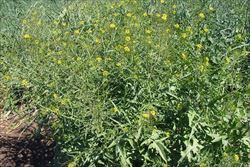
infestation of mature plants (Photo: Sheldon Navie)
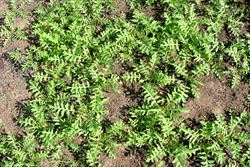
infestation of young plants (Photo: Sheldon Navie)

habit (Photo: Sheldon Navie)
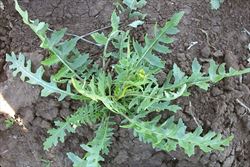
rosette of large lower leaves (Photo: Sheldon Navie)
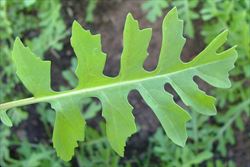
close-up of deeply-lobed lower leaf (Photo: Sheldon Navie)

close-up of leaf underside (Photo: Sheldon Navie)

smaller upper leaves and young flower cluster (Photo: Sheldon Navie)

close-up of flowers and young fruit (Photo: Sheldon Navie)
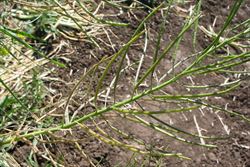
immature and mature fruit (Photo: Sheldon Navie)
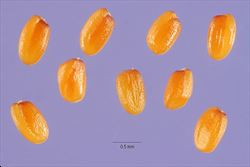
close-up of seeds (Photo: Steve Hurst at USDA PLANTS Database)
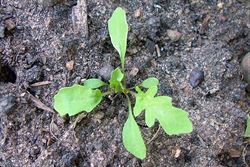
seedling (Photo: Sheldon Navie)
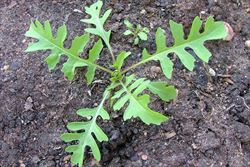
young plant (Photo: Sheldon Navie)
Scientific Name
Sisymbrium irio L.
Family
Brassicaceae (Queensland, New South Wales, the ACT, Victoria, Tasmania, Western Australia and the Northern Territory)Cruciferae (South Australia)
Common Names
desert mustard, London rocket, London-rocket, Londonrocket, rocket mustard
Origin
Native to northern Africa, southern Europe, the middle-east, western Asia, Pakistan and western China.
Naturalised Distribution
Widely naturalised in southern, central and eastern Australia (i.e. in southern and central Queensland, New South Wales, the ACT, western and central Victoria, Tasmania, South Australia, the southern and western parts of Western Australia, and the southern parts of the Northern Territory).
Also naturalised overseas in North America (i.e. in Mexico and many parts of the USA) and Hawaii.
Notes
London rocket (Sisymbrium irio) is a widespread weed of crops, pastures, roadsides, parks, gardens, lawns, footpaths, disturbed sites and waste areas. However, it also invades open woodlands, shrublands and vegetation near watercourses in the semi-arid areas of southern Australia. It is regarded as a minor environmental weed in Victoria and Western Australia.

